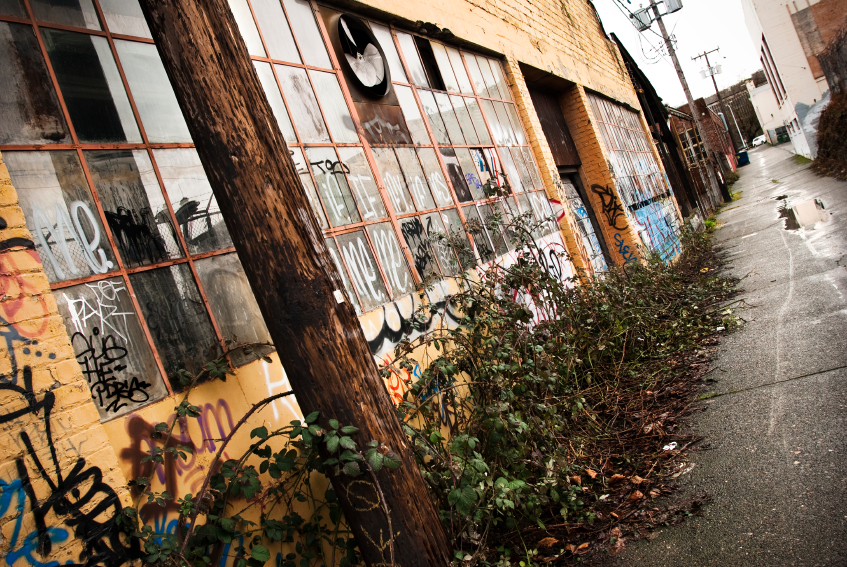 For all the talk of recovery, blighted communities appear immune to progress. This phenomenon, once thought common to urban settings, is in fact universal, according to a recent Keep America Beautiful (KAB) report that expounded upon an issue that can be felt even in the most rural communities.
For all the talk of recovery, blighted communities appear immune to progress. This phenomenon, once thought common to urban settings, is in fact universal, according to a recent Keep America Beautiful (KAB) report that expounded upon an issue that can be felt even in the most rural communities.
“The term ‘blight’ continues to evolve as communities confront different types of blighted properties from littered and vacant lots to foreclosed and abandoned homes,” says KAB President and CEO Jennifer Jehn. Blight, according to the report, is most accurately described as “the physical changes of properties that can cause harmful impacts on the life cycle of neighborhoods and their residents.”
From an economic perspective, blighted properties are characterized by everything from foreclosure and bank repossession to tax delinquency and environmental contamination. Vacant (e.g., zombie properties) and abandoned homes, likely in rural areas, are also in blight territory. According to the report, vacant homes can cost municipalities anywhere from $5,000 to $35,000 in police enforcement, fire services, nuisance abatement and environmental clean-up costs.
Blight has, in effect, adapted to the new economy, where community decay knows no bounds. Rock Ventures and Quicken Loans Chairman and Founder Dan Gilbert, who is at the forefront of a colossal effort to revitalize Detroit, likened blight to a devastating disease: “It’s very similar to a malignant cancer,” Gilbert said at a 2014 Urban Land Institute conference. “You can’t remove part of it or it grows back. You have to take the entire thing out. If you don’t take it all out, it will absolutely grow back. It’s demoralizing.”
According to studies cited in the report, blighted residential properties indeed become virulent, affecting property values within 500 feet by as much as $7,000. Vacant homes, which can be especially harmful, typically take longer to sell, and at best, move for a price less than half of that of a comparable occupied home.
In urban areas and first-tier suburbs, blight generally plagues homes and apartments that experience a decline in property values, sale transactions, building permits and construction loans. Decline can worsen if affordable housing saturates the market, particularly in first-tier suburbs – a quandary for community revivalists seeking to accommodate lower-income households. In lower-tier suburbs and exurbs, blight most often takes the form of graffiti-ridden, littered public spaces or illegal dumping sites, contributing to a widespread fear of compromised health and safety.
Still, there are faint indicators that blighted properties, particularly zombie foreclosures, can be resurrected. “In states with a bloated foreclosure process, the increase in zombie foreclosures is actually a good sign that banks and courts are finally moving forward with a resolution on these properties that may have been sitting in foreclosed limbo for years,” explained RealtyTrac Vice President Daren Blomquist in an update earlier this year. “In many markets, there is plenty of demand from buyers and investors to snatch up these distressed properties as soon as they become available to purchase.”
The report recommends policymakers and community leaders address blight with various initiatives, including urban greening (e.g., community gardens), land-banking, and property manager programs all aimed at restoring blighted properties to the mainstream real estate market.
To learn more about blighted properties, view the Keep America Beautiful report here.







